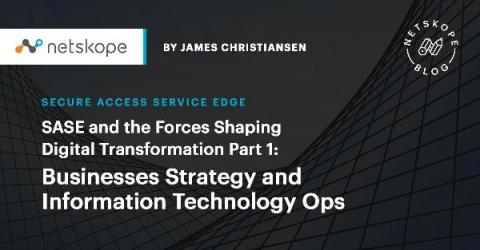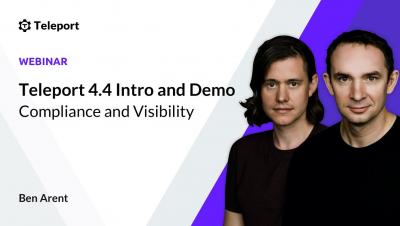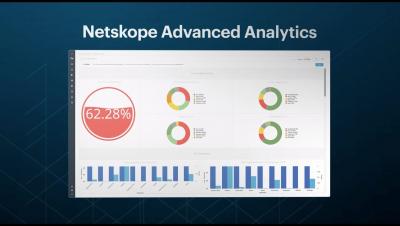SASE and the Forces Shaping Digital Transformation Part 1: Businesses Strategy and Information Technology Ops
At the convergence of digital transformation, an industry-wide focus on SASE, and the effects of the continuing COVID-19 pandemic, there are key forces that security practitioners need to be aware of and operate within. This is the first blog in a series of three detailing these forces and how security leaders and practitioners can adapt to them in a digitally transforming, SASE-enabled world. This blog covers the forces of Business Strategy and Information Technology Operations.











